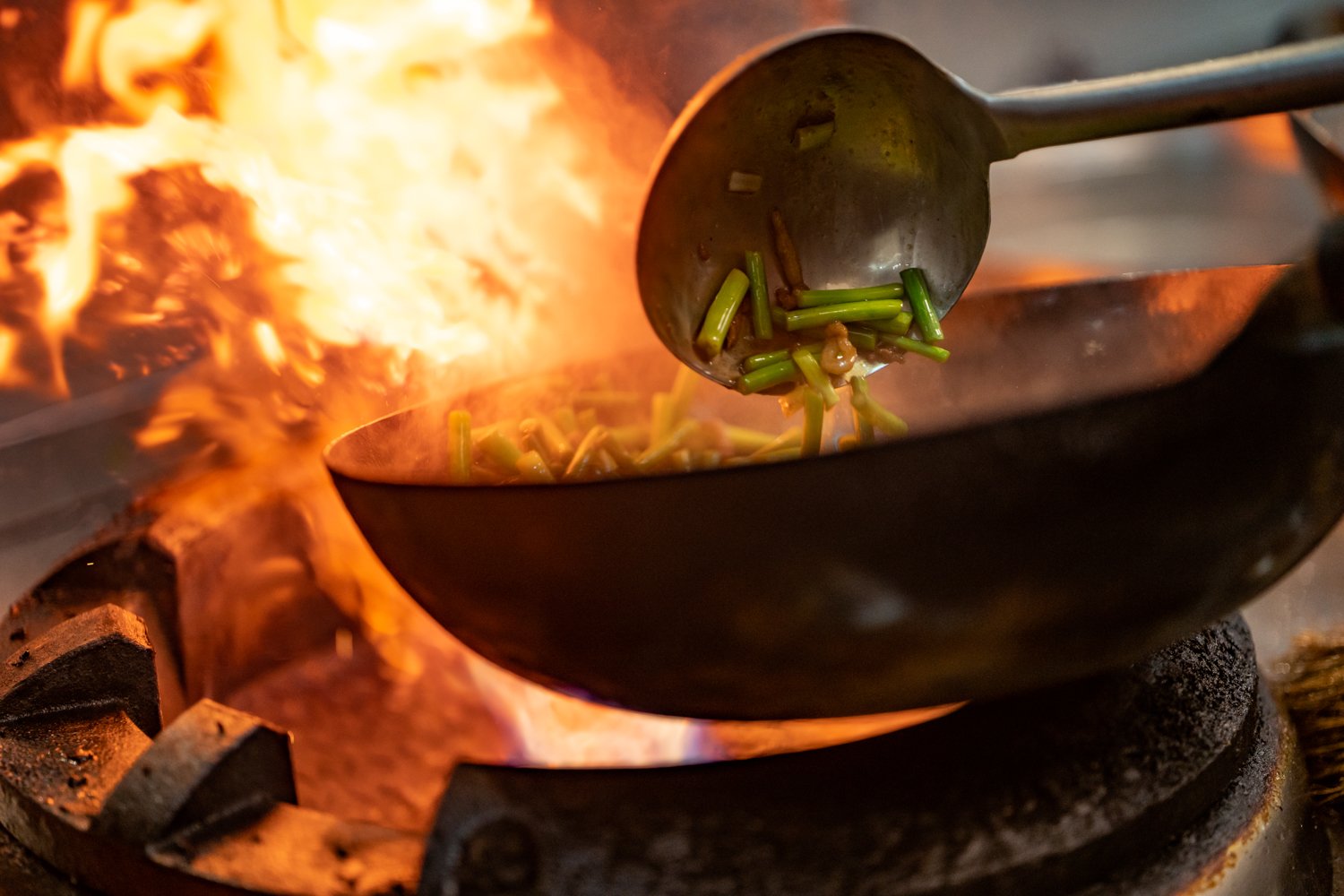A central part of my work, both what’s close to my heart and what most is spent on are editorial stories, often for companies who have an interesting story to tell, or simply stories I am passionate about. Here are some of those stories. For a steady flow of these in your daily life, follow my Instagram @GraemeDYK.
Tequila is often a misunderstood spirit, everyone seems to have a story that involves doing shots in college and never touching it again, in reality Tequila, and Agave Spirits in general are having a bit of a moment right now. The growing interest in Tequila is certainly lining the pockets of big producers who are happy to take shortcuts in production, but as people rediscover this incredible category, small, traditional, boutique producers should be celebrated. This was a content shoot I did for Dano’s Tequila, who produce with Hacienda de Reyes, one of the oldest distilleries in Mexico, female owned, and steadfast on quality.
I’ve always loved the fire and heat of Chinese cooking, being in a kitchen watching the chefs using woks has always been exciting as a food enthusiast and a photographer, therefore I was extremely fortunate to work on a project for Serious Eats with my friend Chris SaintCavish about how these woks are made by Zhen San Huan 臻三环, shining a new light on the backstory of these fundamental cooking tools. Woks, and most posts and pans today are stamped with massive machinery, cheap, easy - this is why you can buy a pan for less than ten dollars - but to see a wok getting formed over a fire and shaped with a hammer, that's something else. These woks are hammered up to 36 000 times, a deafening sound in a room full of dozens of woksmiths, reshaping the wok from the basic shaping done over the fire, but also increasing the density of the iron, locking the shape in place even over the high heat of cooking required for many Chinese cuisines.
When Jokelate, a new Shanghai based bean-to-bar Chocolate company went down to Hainan island to explore the lesser known cacao plantations there with the hopes of making one of China’s first premium, home grown, bean-to-bar chocolates, I got to tag a long and capture some of these early steps, as well as film the first part of what will be a mini documentary about the process.
FangShuShu is a new hotpot restaurant in Fujian, China, opened by the well decorated Putien Group. FangShuShu boasts the most authentic Chongqing hotpot experience you can find in the province over a thousand kilometres away. As part of their marketing I followed their supply chain, one for their hotpot base, made by one of China’s most famous broth makers, and their next day delivered meat, both sourced in Chongqing and delivered by express.
I am working with Pinduoduo to share stories of farmers and businesses around China who are using the platform to reach new clients. Stories range from a cookware manufacturer for export on Chongming island who quickly localised their business during covid to a successful millennial businessmen who then decided to go back to his home town in Jiangxi to grow passionfruit.
I’m not usually a wedding photographer, but getting to capture photos of my old friend Kun’s small town wedding in Henan province was a fascinating glimpse into what a truly tradition wedding looks like here. Weddings in China are becoming more westernised, with white dresses, speeches, kissing and a whole lot of that lovey-dovey crap that we associate with a wedding day. Until a few decades ago in this area of China, marriages were often arranged, and the couple would be in the early days of their relationship, the wedding itself was about bringing two families together, and gathering a crowd, as the belief was, with more witnesses, the less likely the marriage was to fail.
More chocolate! I am lucky enough to be surrounded by chocolate makers, and Kessho, another Shanghai based chocolate maker is also on the path to making a 100 Chinese bean-to-bar chocolate. Beyond shooting their products, I also follow along with their sourcing trips.
Not everyone realises that much of the worlds caviar actually comes from China, there is a farm in Hangzhou, just outside of Shanghai that produces more Caviar in half a year than the entire United States. I went up to a smaller farm in Sichuan Province to film for W3, a caviar company there.
Every brand has a story.
I am fascinated by how things are made, what makes them unique, so I love that I get to follow supply chains back to their origins and tell stories that surprise and illuminate. I think every brand has an opportunity to tell stories like this, so get in touch!









































































